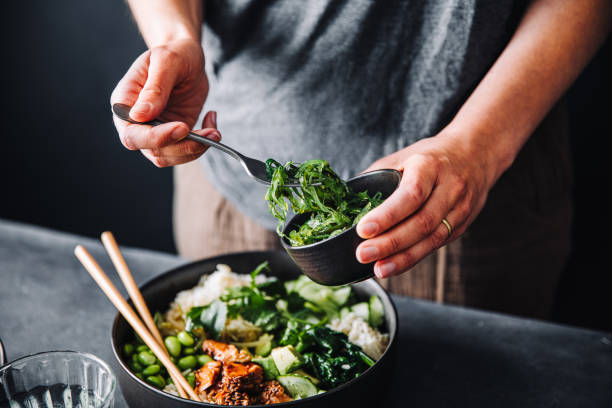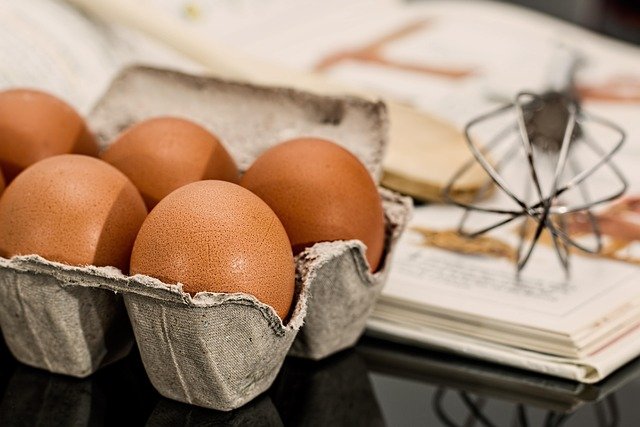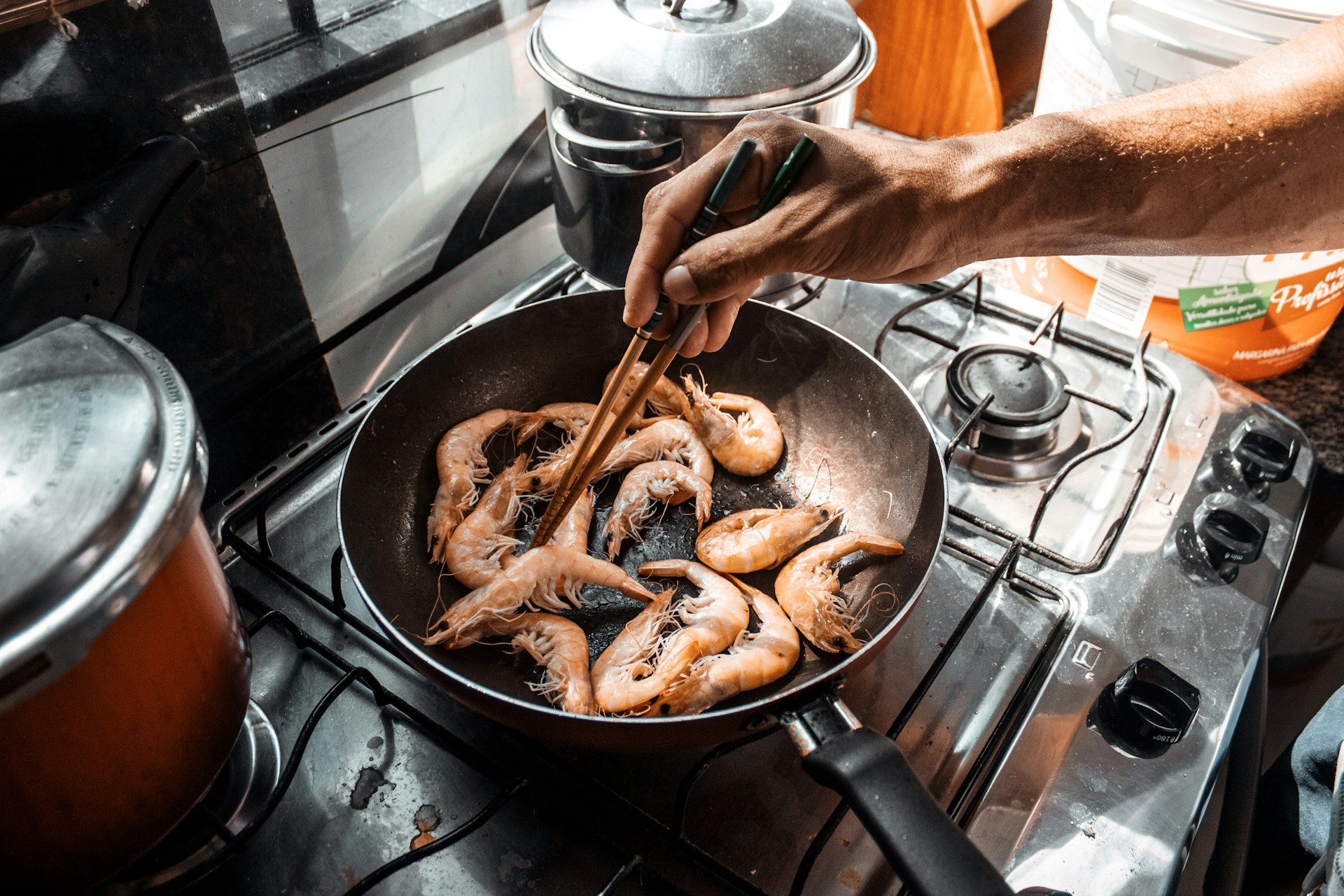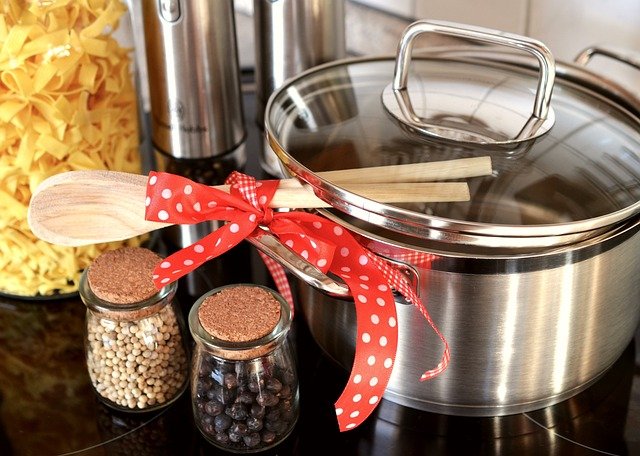Appetizers: simple ideas for parties and everyday cooking
Appetizers set the tone for a meal or party, offering small portions that tease flavors and encourage conversation. Whether you’re preparing for a casual get-together or a weekday family dinner, knowing how to choose, prepare, and present appetizers helps you control pacing and variety. This article covers practical advice for selecting appetizers, pairing them with food and drinks, basic cooking techniques, party serving tips, recipe ideas, and where to source ingredients or local services.
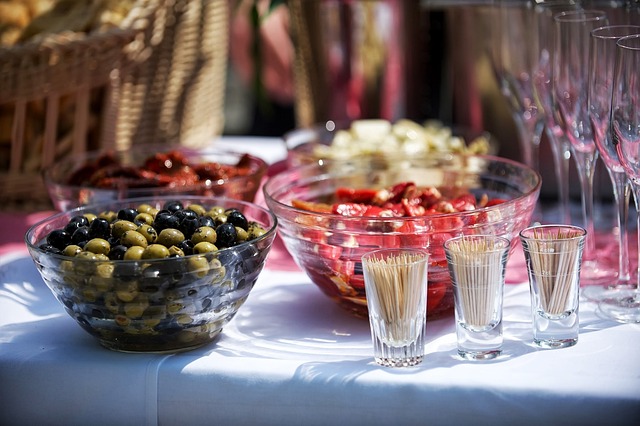
Appetizers: choosing small bites for gatherings
When selecting appetizers, think about balance: include a mix of textures (crunchy, creamy), temperatures (hot and cold), and dietary needs (vegetarian, gluten-free). For a party, aim for three to five different types so guests can sample without getting full. For everyday cooking, pick a versatile option that doubles as a snack or side dish. Portion size matters—finger-food servings reduce the need for utensils and make it easier for guests to mingle while eating. Simple garnishes like herbs or citrus can elevate basic appetizers without extra work.
Food pairings that complement appetizers
Pairing appetizers with the rest of the meal or with drinks enhances the overall dining experience. Light, acidic bites such as marinated vegetables or ceviche work well with fuller-bodied main courses, while richer starters like cheese boards suit lighter mains or shared meals. Consider beverage matches: sparkling wine and light beers often go well with fried or salty appetizers, whereas herbal teas or soft cocktails can highlight subtler flavors. Keep overall salt and spice levels in mind so appetizers don’t overpower subsequent dishes; contrast and continuity make a menu feel thoughtfully composed.
Cooking techniques for easy appetizers
Familiar cooking techniques make appetizer prep manageable: roasting concentrates vegetable flavors, pan-searing adds crispness to proteins, and quick pickling brings acidity and brightness. Many appetizers benefit from mise en place—preparing components ahead of time—so finishing is fast when guests arrive. Use one-pot or sheet-pan methods to save time and cleanup; for example, sheet-pan roasted skewers or baked flatbreads require minimal attention while delivering appealing results. For cold options, assembly is usually quick and allows for creative presentation with minimal heat in the kitchen.
Party planning: timing and serving tips
Timing and flow matter for party appetizers. Plan to have bite-sized items available as guests arrive to prevent hunger from making people raid the kitchen. Stagger warm and cold items so nothing sits out too long; use small chafing dishes or insulated containers for hot starters and plates on ice for chilled items. Label allergen information clearly to help guests make safe choices. Arrange serving stations to avoid bottlenecks—spread out small plates and napkins, and replenish in waves rather than all at once to keep food fresh throughout the event.
Recipes: simple starters to try
Choose recipes that match your skill level and schedule. Crowd-pleasers include bruschetta with tomato and basil, roasted chickpeas spiced with cumin and smoked paprika, and stuffed mushrooms with breadcrumbs and herbs. For faster options, assemble a charcuterie board with cured meats, cheeses, olives, and seasonal fruit. Vegetarian and vegan recipes like avocado crostini or spiced lentil dips offer satisfying alternatives. Keep a few reliable recipes you can scale up or down depending on guest count, and test new recipes once before serving them at a larger gathering.
Sourcing ingredients and local services
Quality ingredients lift any appetizer, so source fresh produce, well-aged cheeses, and good bread when possible. Visit farmers’ markets, specialty grocers, or reputable local services that supply catering or prepared components in your area if time is limited. Many local shops provide pre-cut vegetables, marinated proteins, or ready-made dips that save prep time without sacrificing flavor. For larger events, consider coordinating with a local caterer or food truck for specific items—confirm lead times and minimum orders well in advance to ensure availability and consistency.
Conclusion
Appetizers are a practical and creative part of food culture that influence how meals and parties unfold. By balancing flavors and textures, using straightforward cooking methods, planning service timing, and selecting reliable recipes and ingredients, you can create small dishes that enhance any gathering. Thoughtful appetizers not only stimulate appetites but also contribute to a warm, social dining atmosphere.

